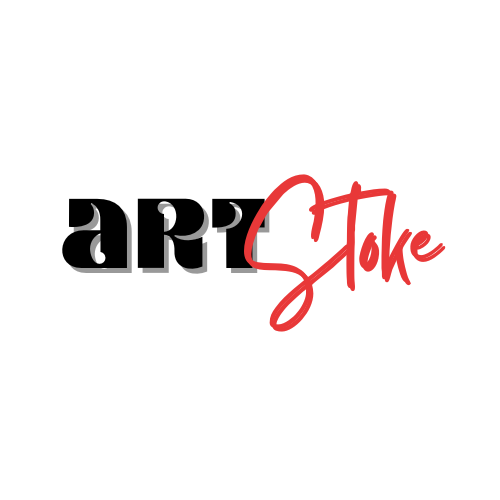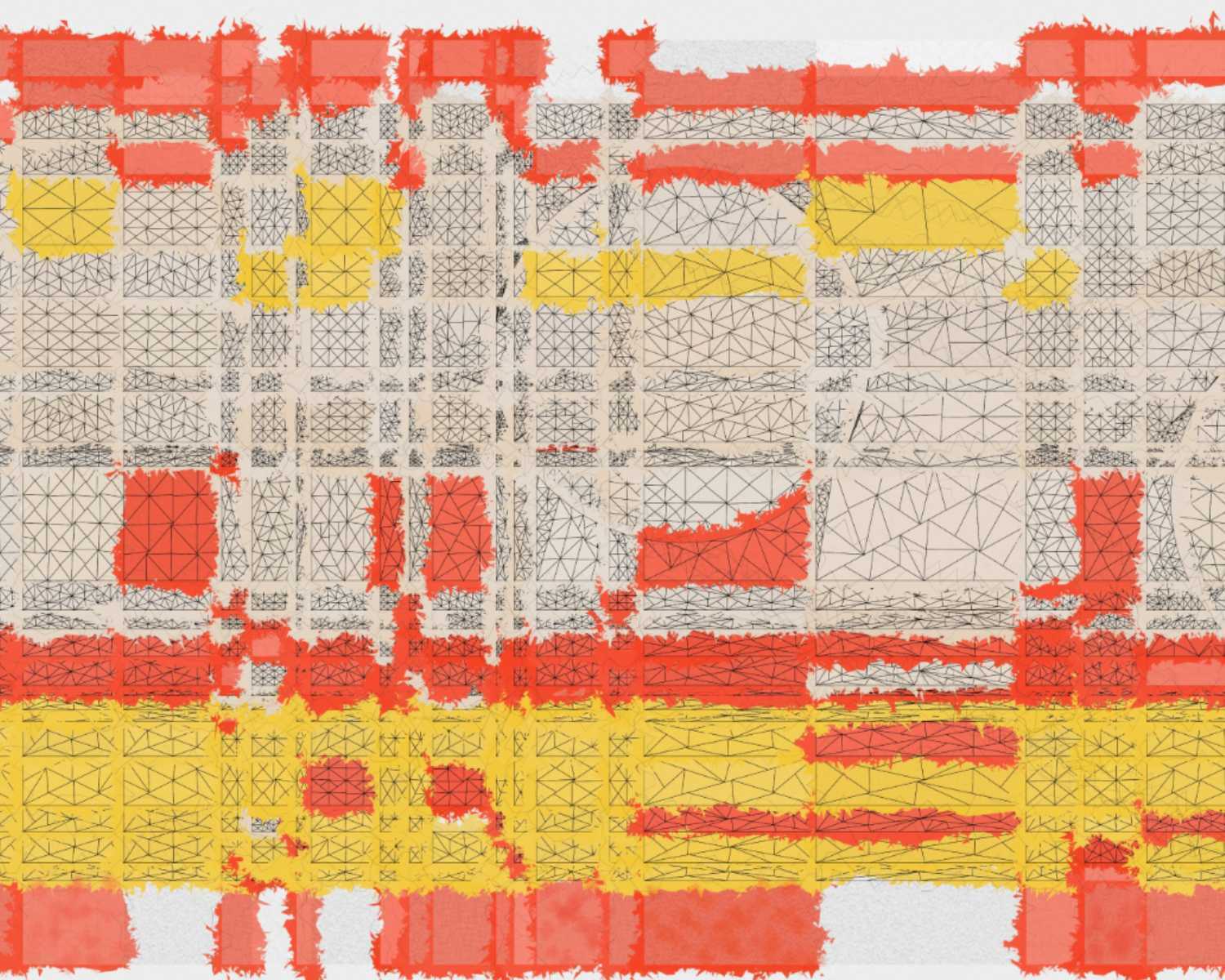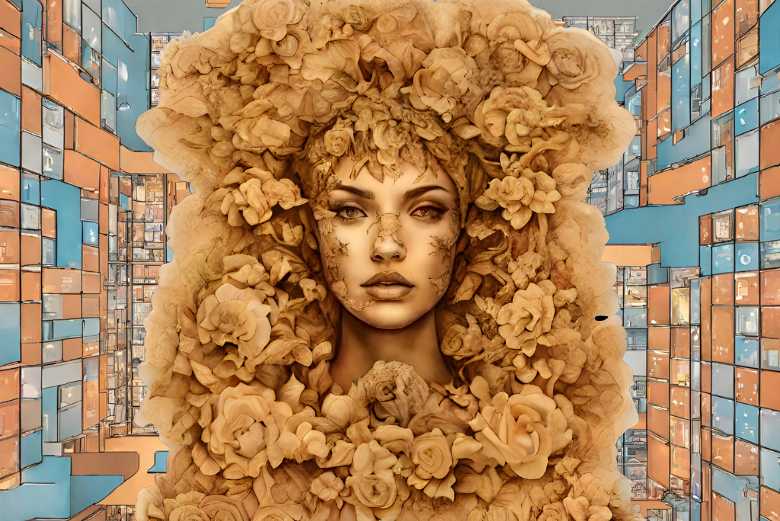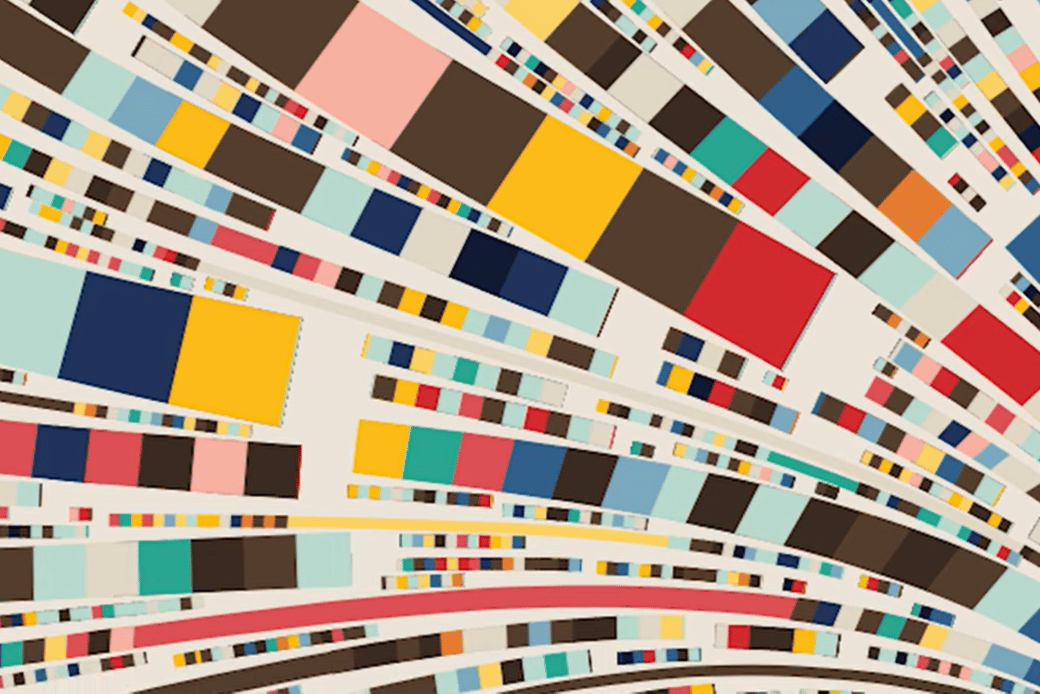Generative art is a form of art that is created using algorithms and computer code to generate visuals, sounds, or other creative outputs. Artists use programming languages and specialized software to develop these algorithms, allowing them to create unique and evolving artworks.
Here’s a general overview of how artists generate generative art and the software and platforms they use:
Programming Languages
Artists who create generative art typically use programming languages that allow them to express complex algorithms and mathematical functions. Some commonly used programming languages for generative art include:
- Processing: Processing is an open-source programming language and development environment designed for artists and designers. It’s widely used in the generative art community due to its simplicity and ease of use.
- JavaScript: Artists can create generative art using JavaScript in web browsers, making it accessible and shareable online.
- Python: Python is a versatile programming language used in various fields, including generative art. Libraries like “pygame” and “turtle” offer graphical capabilities for creating generative visuals.
- Max/MSP or Pure Data: These visual programming languages are popular for creating generative art with an emphasis on interactive and multimedia experiences.
Generative Art Software
While many artists prefer to write custom code, some also use specialized generative art software that provides visual interfaces and tools to create generative artworks without extensive coding knowledge. Some popular generative art software includes:
- ArtBreeder: A platform that uses a combination of human and AI collaboration to generate and manipulate images in various artistic styles.
- GANPaint Studio: This tool uses Generative Adversarial Networks (GANs) to let artists modify and edit images in unique and creative ways.
- Apophysis: A popular tool for creating fractal art, allowing artists to explore intricate and mesmerizing patterns.
- Vvvv: A visual programming environment often used in interactive installations and generative art projects.
Platforms
Generative art can be created and shared across various platforms, depending on the type of work and the target audience. Common platforms include:
- Web: Artists often share their generative art projects on personal websites or platforms like GitHub, CodePen, or OpenProcessing, which allows for easy accessibility and sharing.
- Social Media: Artists showcase their generative art on platforms like Instagram, Twitter, and Tumblr, allowing them to reach a broader audience.
- Galleries and Exhibitions: Some generative artists exhibit their work in traditional art galleries and exhibitions to introduce the audience to the world of generative art.
Ultimately, the tools and platforms an artist chooses to use for generative art creation depend on their preferences, skill level, and the complexity of their projects. While some artists enjoy delving into code to have precise control over their creations, others might prefer more user-friendly interfaces that allow them to focus on the artistic aspects of their work.
DIFFERENCES ON AND OFF THE BLOCKCHAIN
Generative blockchain art, also known as crypto art or NFT (Non-Fungible Token) art, is a subset of generative art that is created and distributed on blockchain platforms. Blockchain technology is used to authenticate, tokenize, and trade digital artworks, allowing artists to establish provenance, ownership, and scarcity for their creations in a digital form. Here’s how generative blockchain art differs from generative art that is not on blockchain platforms:
Tokenization and Ownership
In traditional generative art, the digital files can be copied and shared easily, making it challenging for artists to establish ownership and control over their work. In generative blockchain art, each artwork is often associated with a unique NFT. An NFT is a digital token on a blockchain that certifies ownership of a specific digital item. This means artists can tokenize their generative artworks, making them verifiably scarce and allowing collectors to prove ownership on the blockchain.
Provenance and Authenticity
Traditional generative art lacks a standardized way to prove the authenticity and history of a digital artwork. With blockchain technology, the entire history of ownership and transactions related to a specific NFT is recorded on the blockchain, providing a transparent and immutable record of the artwork’s provenance.
Scarcity and Rarity
Traditional generative art can be easily replicated, potentially leading to a lack of scarcity and exclusivity. NFTs can represent a limited edition of a generative artwork, creating true scarcity in the digital realm. Artists can choose to create a specific number of editions, each associated with a unique NFT.
Monetization and Ownership Rights
Monetizing traditional generative art can be challenging, as digital copies can be shared without providing compensation to the artist. With NFTs, artists can set royalties to receive a percentage of each subsequent sale of their artwork. This enables artists to benefit from the appreciation of their work’s value over time.
Marketplaces and Distribution
Traditional generative art can be shared on various platforms, but it might be difficult for artists to monetize their work effectively. NFT marketplaces like OpenSea, Rarible, and Foundation provide dedicated platforms for artists to showcase, sell, and trade their generative blockchain art directly to collectors.
Collectibility and Community Engagement
Generative blockchain art often engages a new audience of collectors who are interested in owning unique digital items with verifiable scarcity. The NFT ecosystem fosters a sense of community among artists, collectors, and enthusiasts, with interactions often taking place on social media and blockchain platforms.
While generative blockchain art has introduced new opportunities and challenges to the art world, it’s not a replacement for traditional generative art. Instead, it’s an evolution that leverages blockchain technology to address issues related to digital ownership, scarcity, and monetization.




